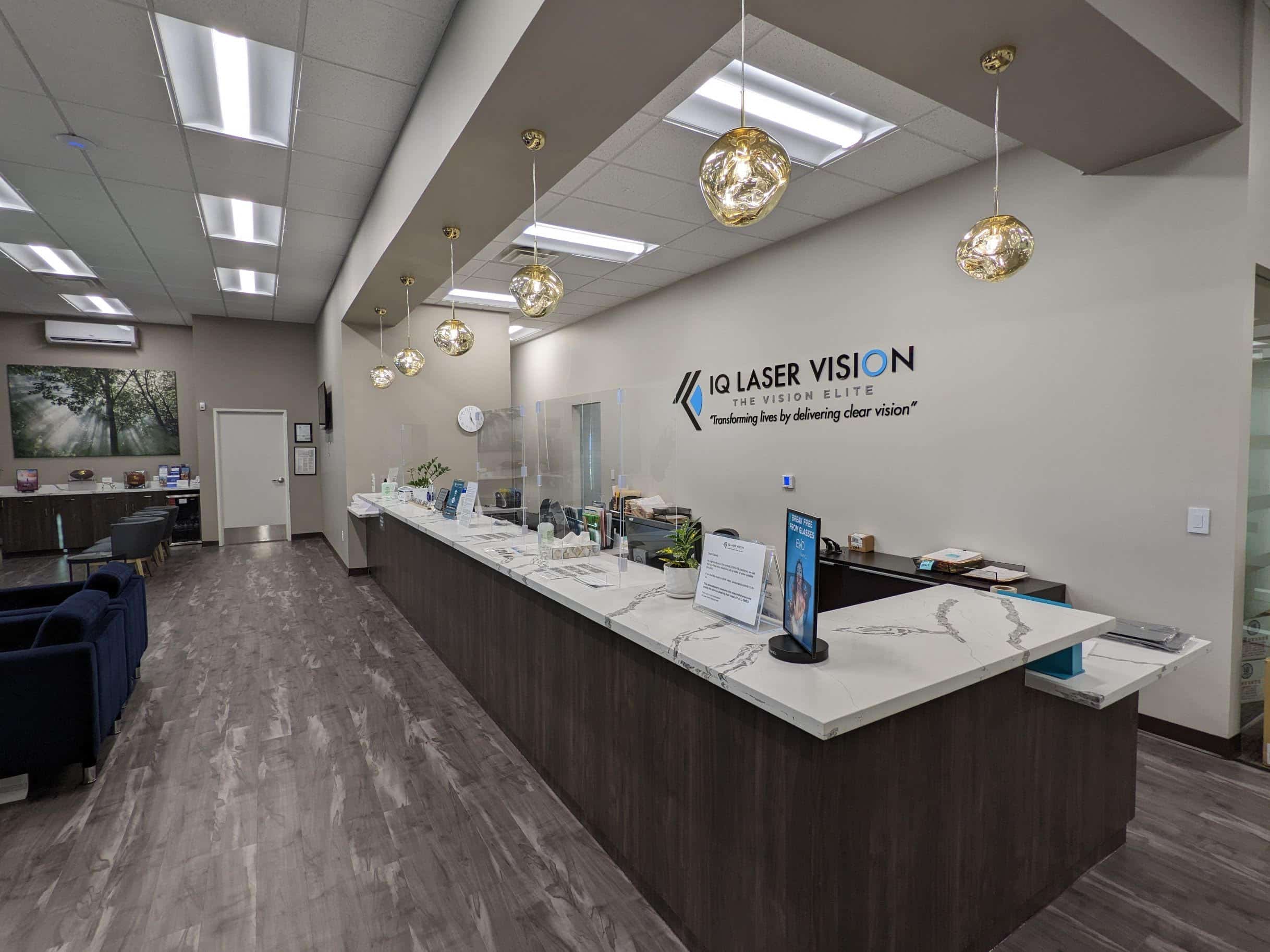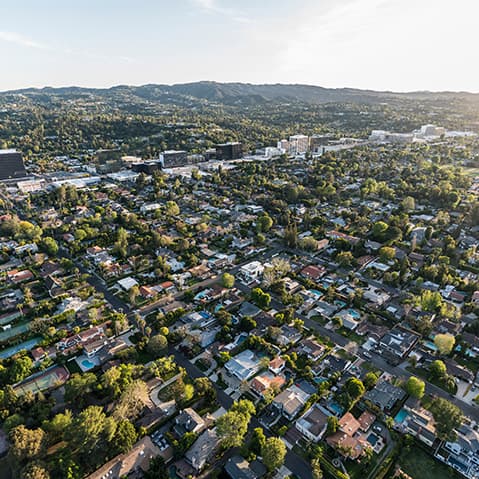This is Part II of our series addressing the common myths and fears surrounding LASIK and Zeiss SMILE. Our goal? To demystify laser vision correction procedures by telling you the truth about whatever you’ve heard or thought. If you haven’t read Part I yet, you can do so here.
Otherwise, let’s jump right into Part II of Debunking Common Fears and Myths about LASIK and SMILE.
#6 Myth: LASIK and SMILE are only for nearsightedness.
Not true. LASIK is able to correct nearsightedness, farsightedness and astigmatism. An ophthalmologist can help you “see” just how great your vision can be after your procedure.
But LASIK isn’t the only option for vision correction. SMILE, the most revolutionary procedure to join the refractive surgery club. It’s recently been FDA-approved to correct astigmatism and nearsightedness. Talk to an ophthalmologist to see what treatment might be right for you.
#7 Myth: Cheap LASIK is as good as quality LASIK.
Not true. You can think that you will get what you pay for, and that not LASIK clinics or Zeiss SMILE surgeons. They are of the same quality or repute. Make sure to thoroughly evaluate your potential eye surgeon. Based on how many procedures they’ve performed, any recommendations and testimonials of happy patients. Their knowledge and experience, and of course… How you are treated when you visit the office!
#8 Myth: LASIK and SMILE procedures are dangerous.
Not true. LASIK has been around for several decades, and it’s been FDA approved to treat astigmatism. As well as nearsightedness and farsightedness. And while any medical or cosmetic procedure can have complications, LASIK complicationsare especially rare.
The quality and experience of the surgeon matters and your eye surgeon should thoroughly evaluate your eyes. To ensure that LASIK or SMILE is right for you–or to recommend other procedures. Having your surgery performed by a highly-skilled eye surgeonwill help ensure that your results are the best and safest they can be.
Likewise, SMILE is not only safe and FDA approved. But it is a great option to minimize post-surgery dry eyes for patients who currently experience such symptoms.
#9 Myth: Contact lenses are safer than LASIK and SMILE.
Not true. Anytime you put something foreign into your eyes, like contact lenses. It can lead to dry eyes, scratches, infections, and, on very rare occasions, blindness. And we won’t even get into how contact lenses contribute to the plastic pollution problem. Despite their common use, they are certainly not the safest route to go for improving vision long-term. A vision correction procedure is, by far, the best treatment for near and farsightedness and astigmatism.
#10 Myth: LASIK or SMILE recovery is slow.
Not true. After you get your LASIK or SMILE procedure, you can generally return to work the very next day. You will have to be driven home, and be instructed to rest for the first few hours following your procedure. (and you may have to wait a week or so to wear eye makeup). But the meager recovery time likely won’t affect most parts of your daily life. You should talk to your doctor if you play sports or are very athletic. Just to see how long you should wait before resuming your regular routine.
#11 Myth: LASIK is so new that the long-term side-effects are unknown.
Not true. LASIK was FDA approved for corrective eye treatment in 1995 (and the laser was created in the 1970s!). There has been plenty of time to improve the technology, procedure and after-care, and also to evaluate its long-term effects. And those long-term effects continually prove to be happy patients who can finally see again.
Got more questions we haven’t addressed in this series? Feel free to drop us a line at [email protected]. Give us a buzz at (888) 539-2211, or stop by one of our 11 California-convenient locations. We want to help you learn the truth about the procedures that could give you the life you miss, or that you’ve only dreamed of.























